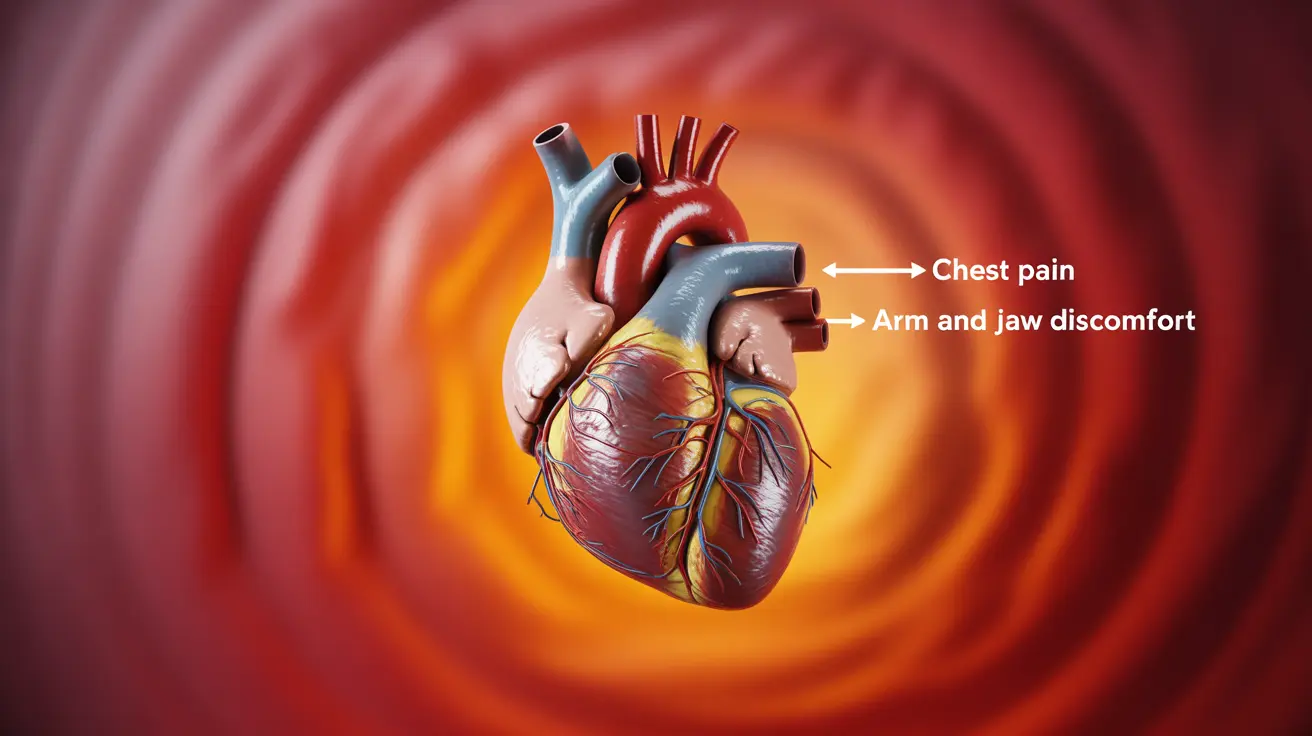Nose picking, while often considered a harmless habit, can sometimes indicate underlying physical or psychological conditions that deserve attention. Understanding what frequent nose picking might signify can help identify potential health concerns and lead to appropriate treatment approaches.
This comprehensive guide explores the various implications of repetitive nose picking, from basic health risks to more complex psychological factors, and provides practical solutions for managing this behavior.
Physical Signs and Symptoms Associated with Nose Picking
Regular nose picking might indicate several physical conditions that require attention:
- Chronic nasal irritation
- Excessive mucus production
- Dry nasal passages
- Allergies or environmental irritants
- Sinus infections
- Foreign objects in the nose
When these physical symptoms persist, they may trigger an increased urge to pick the nose as the body attempts to clear irritants or relieve discomfort.
Psychological Aspects of Frequent Nose Picking
The psychological implications of nose picking can be complex and often relate to various mental health conditions:
Anxiety and Stress
Many individuals engage in nose picking as a stress-relief mechanism or self-soothing behavior. This can become more pronounced during periods of increased anxiety or emotional distress.
Compulsive Behavior Patterns
When nose picking becomes compulsive, it may indicate rhinotillexomania, a condition characterized by excessive and repetitive nose picking. This behavior often occurs alongside other body-focused repetitive behaviors (BFRBs) or obsessive-compulsive tendencies.
Health Risks and Complications
Frequent nose picking can lead to several health complications:
- Nasal septum perforation
- Recurring nosebleeds
- Bacterial infections
- Spread of harmful bacteria to other body parts
- Inflammation of the nasal passages
- Potential scarring of nasal tissue
Prevention and Management Strategies
Managing nose picking effectively requires a multi-faceted approach:
Physical Interventions
- Keep nasal passages moisturized with saline sprays
- Use air humidifiers to prevent dryness
- Trim fingernails regularly
- Wear gloves as a temporary deterrent
- Address underlying allergies or sinus issues
Behavioral Modifications
Implementing healthy alternatives and coping mechanisms can help reduce the urge to pick:
- Practice mindfulness techniques
- Use stress balls or fidget toys
- Keep hands occupied with productive activities
- Set regular hand-washing routines
- Identify and address trigger situations
Frequently Asked Questions
What is frequent nose picking a sign of in terms of physical and psychological health?
Frequent nose picking can indicate physical issues like nasal irritation, allergies, or sinus problems. Psychologically, it may signal anxiety, stress, obsessive-compulsive tendencies, or body-focused repetitive behaviors.
Can nose picking cause infections or damage inside the nose?
Yes, nose picking can lead to infections by introducing bacteria into the nasal cavity. It can also cause physical damage including tissue tears, nosebleeds, and in severe cases, septal perforation.
How is compulsive nose picking (rhinotillexomania) related to anxiety or obsessive-compulsive disorder?
Rhinotillexomania often correlates with anxiety and OCD as a manifestation of repetitive behavior patterns. It can serve as a coping mechanism for stress or anxiety and may be part of a broader pattern of obsessive-compulsive behaviors.
What health risks are associated with repetitive nose picking, such as nosebleeds or nasal tissue damage?
Repetitive nose picking can cause numerous health risks including frequent nosebleeds, nasal tissue damage, bacterial infections, inflammation, and potential spreading of harmful bacteria to other parts of the body.
What are effective ways to stop or reduce nose picking and prevent its complications?
Effective strategies include maintaining nasal moisture with saline sprays, using physical barriers like gloves, practicing stress-management techniques, seeking professional help for underlying psychological issues, and addressing any physical conditions that might trigger the behavior.




